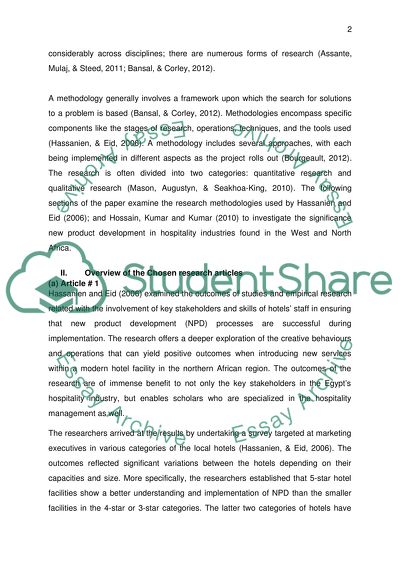Cite this document
(“Development of new products and services in hotels Essay”, n.d.)
Retrieved from https://studentshare.org/tourism/1402607-research-methods-in-leisure-and-tourism-individual
Retrieved from https://studentshare.org/tourism/1402607-research-methods-in-leisure-and-tourism-individual
(Development of New Products and Services in Hotels Essay)
https://studentshare.org/tourism/1402607-research-methods-in-leisure-and-tourism-individual.
https://studentshare.org/tourism/1402607-research-methods-in-leisure-and-tourism-individual.
“Development of New Products and Services in Hotels Essay”, n.d. https://studentshare.org/tourism/1402607-research-methods-in-leisure-and-tourism-individual.


